DNA Replication
Introduction
DNA replication is a biological process that occurs in all living organisms and is the basis for biological inheritance. The process is characterized by the production of two identical replicas from one original DNA molecule. This process is essential in growth, development, and reproduction of the organism.
Biochemistry of DNA Replication
DNA replication is a highly conserved process that utilizes a group of proteins and enzymes. The process begins with the unwinding of the double helix structure of the DNA by the enzyme Helicase. This unwinding exposes the nucleotides on each of the two strands, allowing them to serve as templates for replication.
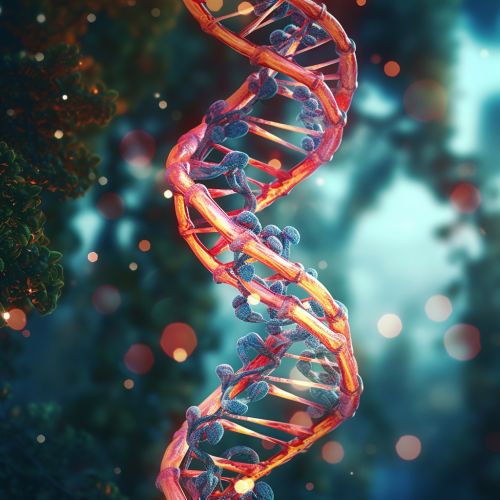
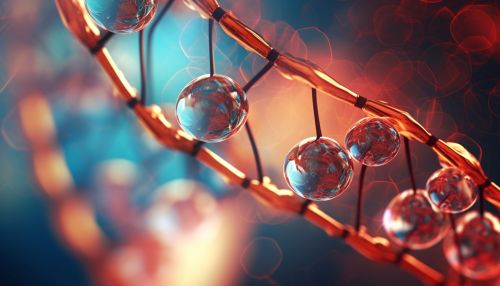
The replication process is initiated at specific locations in the genome known as origins of replication. The selection of these origins is a highly regulated process and differs between prokaryotes and eukaryotes. In prokaryotes, there is typically a single origin of replication, while in eukaryotes, there can be multiple origins of replication.
The enzyme DNA polymerase is responsible for synthesizing new DNA strands by adding nucleotides to the template strand. DNA polymerase can only add nucleotides to the 3' end of a DNA strand, thus replication proceeds in one direction along one strand (the leading strand), and in the opposite direction along the other strand (the lagging strand).
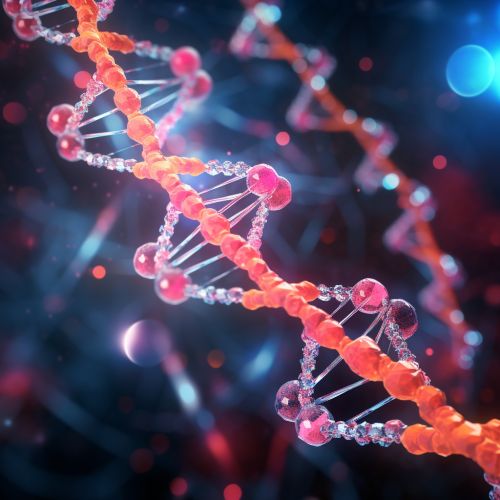
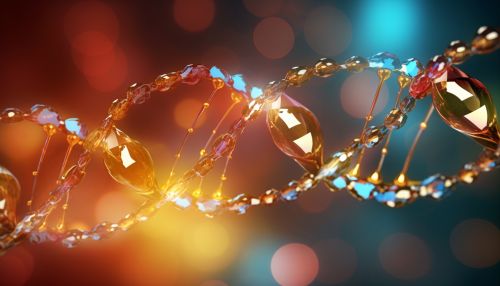
Replication Fork
The replication fork is a structure that forms within the nucleus during DNA replication. It is created by helicases, which break the hydrogen bonds holding the two DNA strands together. The resulting structure has two branching "prongs", each one made up of a single strand of DNA. These single strands serve as templates for replication.
Leading and Lagging Strands
During DNA replication, one strand, which is complementary to the parental DNA strand, is synthesized continuously towards the replication fork. This strand is known as the leading strand. The other strand, known as the lagging strand, is synthesized discontinuously in the opposite direction, away from the replication fork.
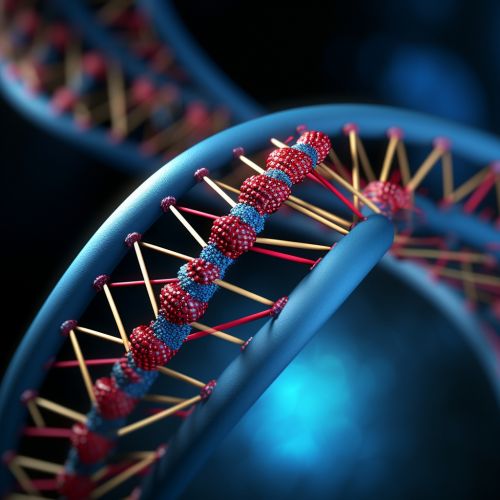
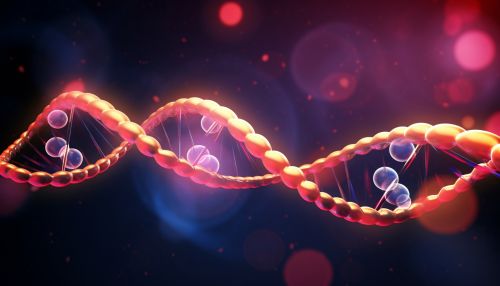
The discontinuous synthesis of the lagging strand is facilitated by Okazaki fragments, short DNA sequences that are synthesized in the direction away from the replication fork. These fragments are later joined together by the enzyme DNA ligase to form a continuous DNA strand.
Replication Machinery
The replication machinery, also known as the replisome, is a complex of multiple proteins that are involved in DNA replication. It includes DNA polymerase, helicase, primase, and single-strand DNA binding proteins. The replisome ensures the accurate and rapid synthesis of DNA.
Termination of DNA Replication
Termination of DNA replication occurs when two replication forks meet and the newly synthesized DNA molecules are fully formed. In prokaryotes, termination occurs at a specific site in the genome known as the terminus region. In eukaryotes, termination occurs when the replication fork reaches the end of the linear chromosome.


DNA Replication Errors and Repair
Despite the high fidelity of DNA replication, errors can occur during the process. These errors can lead to mutations, which can have various effects on the organism. DNA repair mechanisms, such as mismatch repair, nucleotide excision repair, and base excision repair, are in place to correct these errors and maintain the integrity of the DNA.
Conclusion
DNA replication is a vital process for all living organisms. It is the mechanism by which genetic information is passed from parent to offspring and is essential for growth and development. Understanding the intricacies of DNA replication is fundamental to many areas of biological research, including genetics, molecular biology, and medical research.
See Also
References
1. Alberts B, Johnson A, Lewis J, et al. Molecular Biology of the Cell. 4th edition. New York: Garland Science; 2002. Available from: https://www.ncbi.nlm.nih.gov/books/NBK21054/ 2. Kornberg A, Baker TA. DNA Replication. 2nd edition. University Science Books; 1992. 3. Watson JD, Baker TA, Bell SP, et al. Molecular Biology of the Gene. 7th edition. Pearson; 2013.
